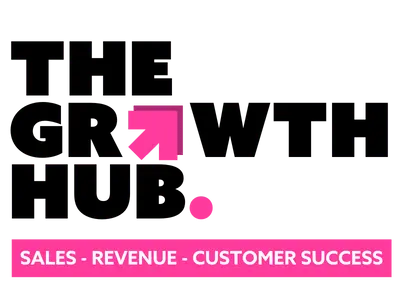Data is the new gold in the digital age. Therefore, for sales professionals, utilising data can result in big improvements in identifying target accounts, geographies and industries. In the modern world, where competition is more prominent than ever before, the good use of data has become a real competitive advantage. With so much uncertainty at the moment, using data intelligently will enable more accurate, confident decisions.
The data challenge
The problem is, every salesperson will have to deal with bad data at some stage. Data is exploding exponentially, and with that comes inconsistencies and gaps. Keeping on top of it isn’t easy.
While very few companies boast about having a sparkling clean CRM, ensuring data quality is as high as possible plays a very big part in the business’s bottom line. 77% of companies believe their revenue is affected by bad contact information, resulting in 12% of revenue being wasted, while less than 25% of sales ops leaders say they’re highly confident in the quality of data in their CRM.
However, what is apparent is successful businesses use data analytics successfully! And when it comes to sales, it should be no different. If data is an issue, the first point of call is to adopt an organisational change to sales data quality. Every person in the commercial teams – sales, business development, marketing, customer success, etc – must focus on improving the data. The rest will follow: More connected calls, more delivered emails, more informed decision-making, more educated customer interactions, and so on. Plus, the more accurate the data, the more you’ll be able to discover growth opportunities.
Why do you need accurate data?
Data quality is an ongoing task. Old and untouched data, as with processes, becomes stale. The updating of data should be a daily part of life. Tools such as LinkedIn Sales Navigator help by matching CRM contracts with their LinkedIn profiles. So, for example, even when people change job roles or companies, you can reflect that in your CRM.
These sorts of activities are really important in identifying growth opportunities. You need accurate and up-to-date data if you want to be able to identify when current customers leave for a new company, which prospects and customers have changed leadership, retention, cross-sell and up-sell opportunities, strategically targeted prospecting.
Using data
As mentioned above, finding growth opportunities is a great way to use data. However, there are plenty of other use cases. For example, if you can see who is checking your website and interacting with your content, you can make smarter outreach. If you can see which industries and geographies are visiting your company social media page, you can make more better prospecting decisions. Aligning sales with other areas of the business, such as marketing, is clearly important here as both teams can help contextualise and use the data.
Alongside contextualising and analysis data, actionable data is readily available to better inform you on when to act. If you change the way you prospect, from prospecting based on what you think makes them a good fit, to prospecting based on intent, using buying signals to notify action, then the rewards will improve. An example would be specific engagements with pricing pages, free trials, product-led content and so on triggering notifications to follow up.
Additionally, create an ideal customer persona based on previously won deals. Then use that data to identify other prospects that match – the same size, geography, industry. Recognising these similarities helps build a stronger picture of where you can get the most success. Combining those characteristics with ‘intent’ data is when results really start to improve. You know there is a good fit, and you know they are at least semi-interested.
What it all means?
Data quality activity may seem like an admin-based activity, but the benefits are clear:
- More informed-decision making when it comes to targeting new markets and geographies
- Shorter sales cycles as focusing on high-intent prospects
- Quickly reacting to new sales opportunities when customers leave to a new company or job changes happen
- Less time researching for fit
- More connected calls and delivered emails as data is up-to-date
So, in summary, while sales data will likely never be perfect, improving its quality can have a significant impact on prospecting. Not only in locating and contacting prospects, but in ensuring actionable outcomes.




